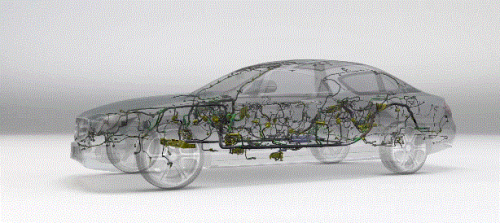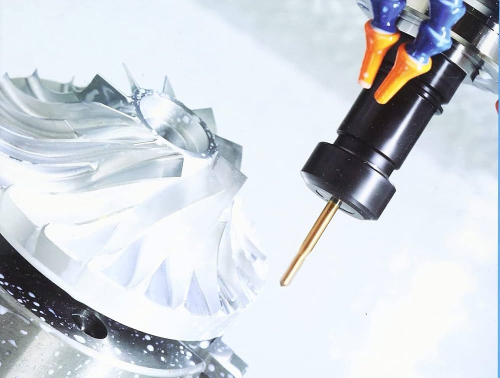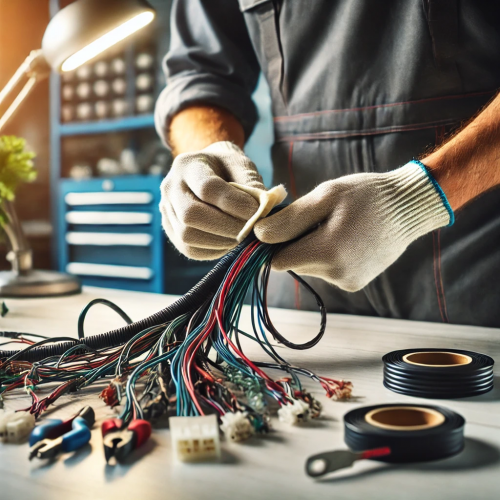Today, as electronic devices are becoming increasingly complex and precise, connectors, as key components for realizing signal and power transmission between circuits, are widely used in fields such as consumer electronics, smart homes, and new energy vehicles. They play an indispensable role in the interconnection between devices. According to their functions, usage methods, shapes, etc., connectors can be divided into various types. In this issue, we will mainly explain three common types of connectors: wire-to-wire, board-to-board, and wire-to-board connectors.

Board-to-board Connectors
Board-to-board connectors are used to directly connect two printed circuit boards (PCBs) without the need for cables. They can achieve efficient transmission of signals and power. Their characteristics are high density and small pitch. Common pitches include 0.4mm, 0.5mm, etc. This compact design makes them suitable for the internal modular design of compact devices with strict space requirements.
Wire-to-board Connectors
Wire-to-board connectors are mainly responsible for connecting wires to circuit boards and realizing the input/output functions of power and signals. They have diverse structures, and common types include crimping type and soldering type. In practical applications, the impact of wire length on signals needs to be considered, and they are usually suitable for medium and short-distance transmission.
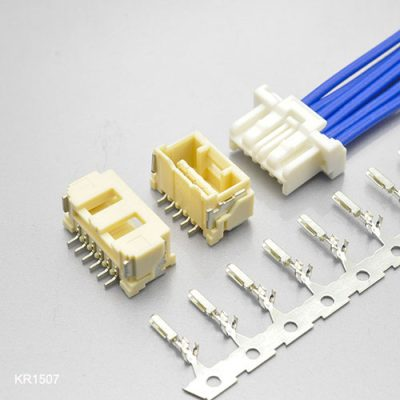
Wire-to-wire Connectors
Wire-to-wire connectors are used to connect two sections of cables or single wires to form a permanent or pluggable fixed connection. The common connection methods are IDC (Insulation Displacement Connection) or crimping technology, emphasizing the direct connection between cables, and they are suitable for complex wiring scenarios. In automotive wiring harnesses, wire-to-wire connectors reasonably connect the wires of various automotive components to form a complete circuit system, ensuring the normal operation of automotive electronic devices.
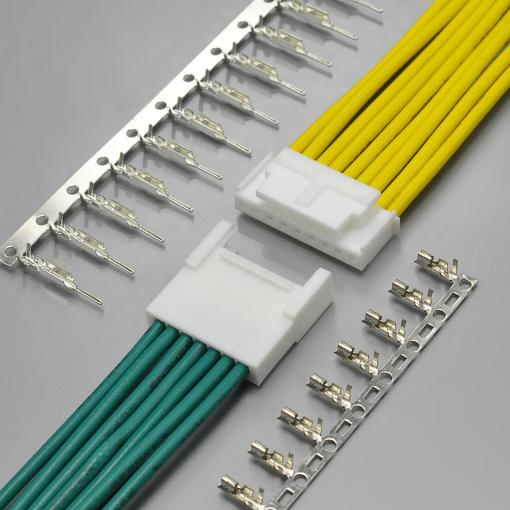
After understanding the basic definitions of these three types of connectors, let’s have a deeper understanding of their characteristics from aspects such as physical structure, signal transmission characteristics, and technical parameter indicators.
Physical Structure
Board-to-board connectors adopt a plug-socket structure, with a flattened design to reduce space occupation. Common structures include double-row pins or spring-type contact structures, which can achieve high-density connection within a limited space, meeting the requirements of miniaturization, thinness, and lightness of modern electronic devices. In devices with extremely high space and performance requirements such as mobile phones and servers, the advantages of this structure are fully demonstrated.
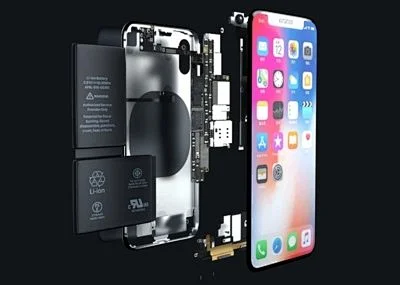
Wire-to-board connectors usually have cable interfaces, such as single-row/multi-row pins, supporting soldering or crimping, with high flexibility. They can adapt to the connection requirements of different specifications of cables and are convenient for installation and maintenance in various devices. Whether it is connecting the control board of a washing machine in home appliances or the interface between computer peripherals and the motherboard, they can play a good role.
Wire-to-wire connectors rely on cable termination technology, such as crimping terminals or IDC. It is necessary to ensure the matching of wire sequences and have sufficient mechanical strength to ensure reliable and stable connections. Their structural design focuses on achieving efficient connection between cables and is suitable for complex wiring environments. Scenarios such as automotive wiring harnesses and industrial machinery cable connections are exactly where they are useful.
Signal Transmission Characteristics
Board-to-board connectors have short signal paths and small attenuation, and can support high-frequency and high-speed transmission. The transmission rate can reach above 10Gbps, making them suitable for scenarios with extremely high requirements for signal transmission quality, such as servers and communication devices. They meet the needs of big data processing and high-speed communication for fast and lossless data transmission, which is also an important reason for their wide application in modern high-speed communication devices.
Due to the resistance and interference of wires, wire-to-board connectors are more suitable for medium and low-speed scenarios, such as power transmission or low-frequency signal transmission, and play a stable role in ensuring the basic operation functions of devices. Whether it is providing power for a washing machine or transmitting the low-frequency signals of sensors, they can handle the tasks.
Wire-to-wire connectors need to focus on cable shielding and anti-interference capabilities and are mostly used for power transmission or medium and low-frequency signal transmission. For example, the in-vehicle CAN (Controller Area Network) bus can effectively resist interference in the complex in-vehicle electromagnetic environment and ensure accurate and reliable signal transmission between various vehicle systems.
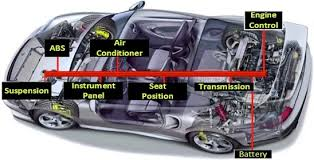
Technical Parameter Indicators
In terms of pitch and density, the minimum pitch of board-to-board connectors can reach 0.4mm, with extremely high connection density, meeting the connection requirements of highly integrated electronic devices. Their application in high-end electronic devices fully reflects this advantage. Moreover, as electronic devices continue to pursue smaller sizes and higher integration, the pitch of board-to-board connectors is developing towards less than 0.3mm, which will help future electronic devices achieve more compact designs and meet the continuous market demand for portable, thin, and light electronic products.
In contrast, the pitch of wire-to-board connectors is mostly above 1.0mm, which is relatively loose to adapt to the connection requirements of different cables and facilitate production and processing.
In terms of current/voltage carrying capacity, wire-to-wire connectors usually have a higher current carrying capacity. For example, wire-to-wire connectors in automotive wiring harnesses can carry dozens of amperes of current, providing stable power supply for various automotive components. In contrast, board-to-board connectors focus on low-voltage and high-precision signal transmission and are suitable for internal connections of electronic devices with strict requirements for signal precision but small current requirements.
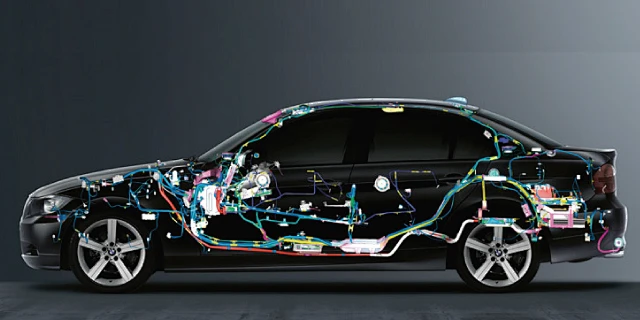
Through a detailed analysis of board-to-board, wire-to-board, and wire-to-wire connectors, it can be seen that these three types of connectors all play an irreplaceable role in electronic devices and are suitable for different scenarios with their unique advantages.
In the future, as the integration of electronic devices continues to improve, the boundaries of these three types of connectors may gradually blur, and a hybrid design of board-to-board and wire-to-board may emerge, taking into account the compactness inside the device and the flexibility of external connections. However, their core differences will still largely dominate the main application scenarios.
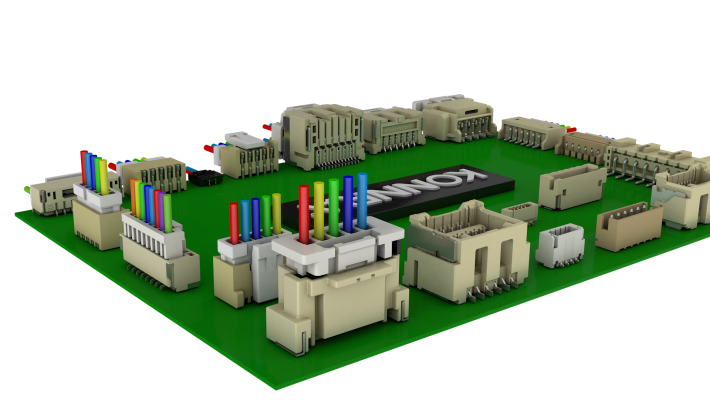
As a connector supplier, Konnra focuses on the research, development, and production of various connectors. Its products have the characteristics of small size, large current, waterproofing, and strong reliability, which can ensure more convenient, stable, and efficient connections for various smart devices. At the same time, Kangrui provides customized services and can design and produce connectors according to the specific needs of customers. Its products can meet the special needs of different fields, enabling customers to obtain the most suitable connectors for their application scenarios and improving the overall performance and competitiveness of products.



